Green Olive Corn Starch Tableware PFAS free
Recently many US customers are quite concerned about PFAS, they worry about our cornstarch tableware may also contain this chemical. We are lucky to announce that Green Olive corn starch tableware is PFAS free, as per test reports provided by TUV, a BPI Certified lab. Green Olive cornstarch tableware is made from natural corn starch, no PFAS, healthy.
Some haven’t heard about it. Here we have done some research work on Google to provide more information on PFAS.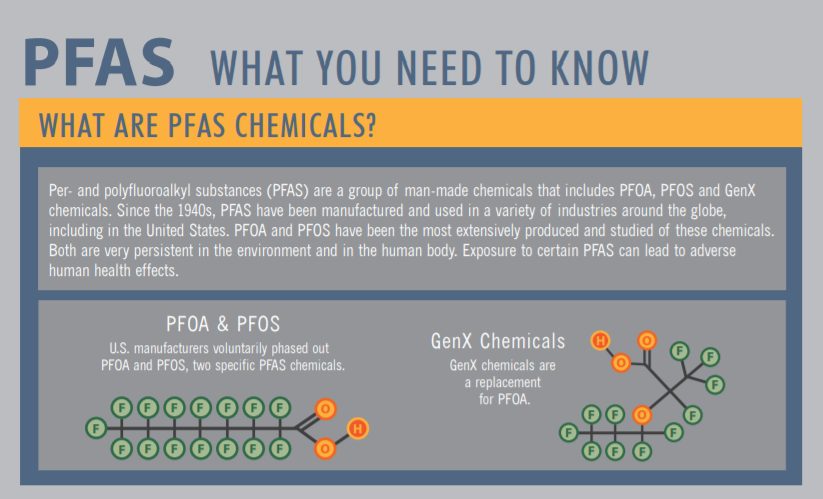
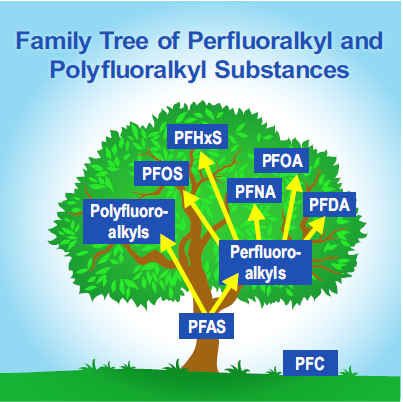
What are PFAS?
PFAS are per- and polyfluoroalkyl substances, a group of over 4000 chemicals. Some PFAS are very effective at resisting heat, stains, grease and water, making them useful chemicals for a range of applications including:
- Stain and water protection for carpets, fabric, furniture, and apparel
- Paper coating (including for some food packaging)
- Metal plating
- Photographic materials
- Aviation hydraulic fluid
- Cosmetics and sunscreen
- Medical devices.
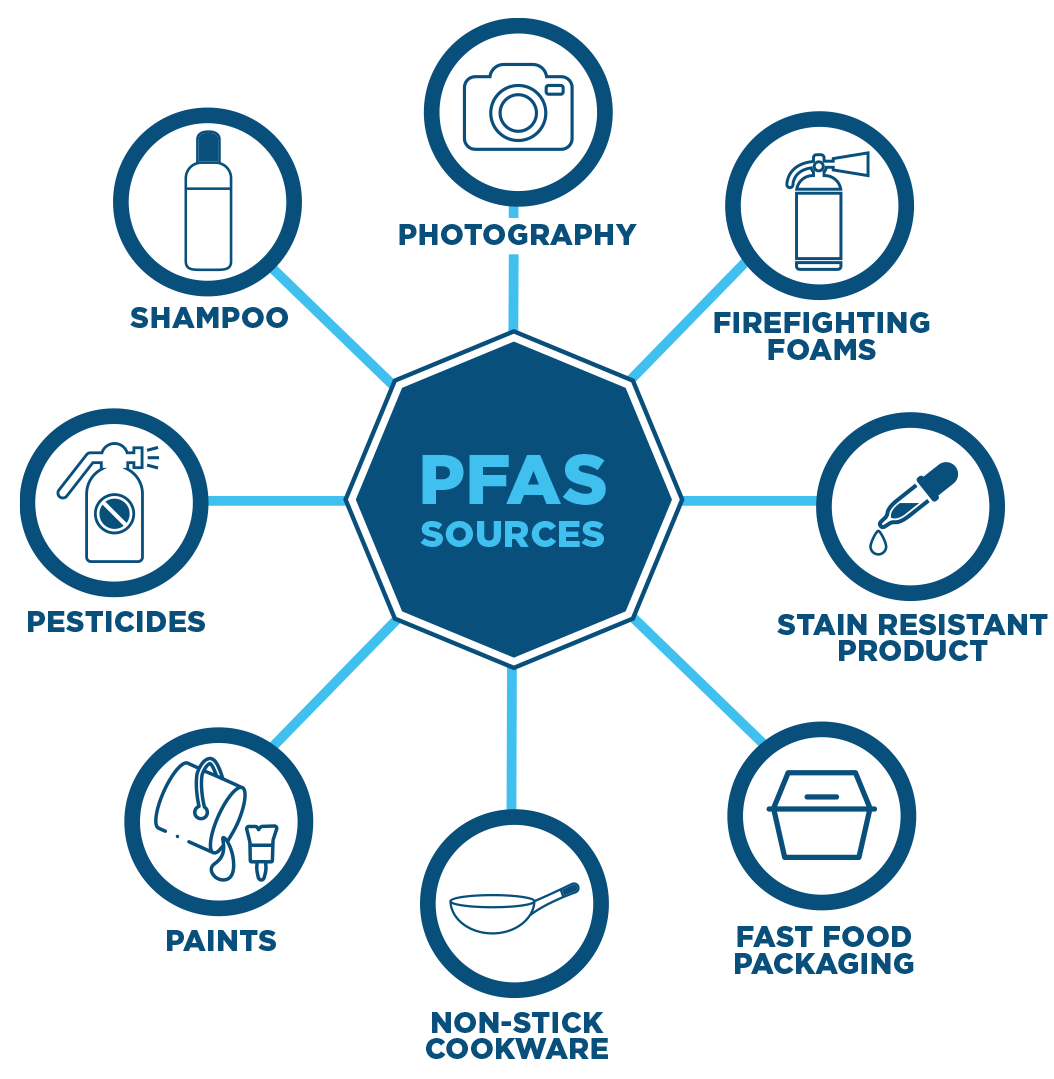
Because they are heat resistant and film-forming in water, some PFAS have also been used as very effective ingredients in fire-fighting foams.
In Australia, the historical use of PFAS in fire-fighting foams has resulted in increased levels being detected at sites like airports, Defence bases, and other sites where fire-fighting training has been conducted, or where fire suppression systems are installed for extinguishing liquid-fuel fires. Increased environmental levels of PFAS have also been found near some industrial areas, effluent outfalls, and landfill sites. Outside of these areas, it is unlikely that increased levels of PFAS would be present in the local environment.
Unfortunately, the properties that make some PFAS useful in many industrial applications and particularly in fire-fighting foams, also make them problematic in the environment. The PFAS of greatest concern is highly mobile in water, which means they travel long distances from their source-point; they do not fully break down naturally in the environment; and they are toxic to a range of animals.
While understanding about the human health effects of long-term PFAS exposure is still developing, there is global concern about the persistence and mobility of these chemicals in the environment. Many countries have discontinued, or are progressively phasing out, their use. The Australian Government has worked since 2002 to reduce the use of certain PFAS. Source: https://www.pfas.gov.au/about-pfas/substances
How Might PFAS Affect Us
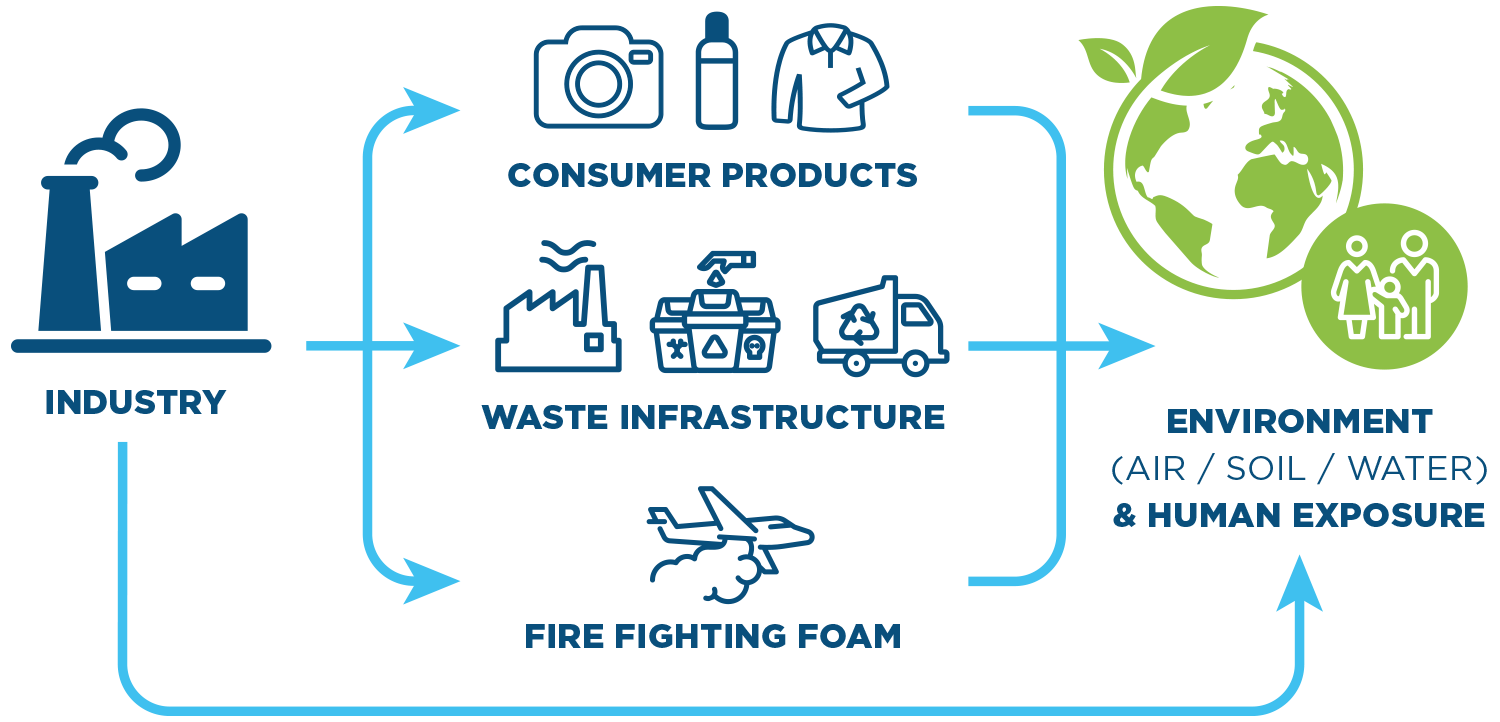
Most people in Australia (and in many other countries) are likely to have very low levels of PFAS in their bodies, through exposure to everyday household items like carpet and upholstery protective sprays, cosmetics, sunscreens, and some non-stick cookware. But people living near sites where PFAS have been released into the environment in large amounts (usually due to the use of PFAS-containing fire-fighting foams) may have higher levels in their bodies – particularly if they have been drinking contaminated bore water. These people are understandably concerned about what this might mean for their health.
Many scientific studies have investigated potential health effects resulting from PFAS exposure, but the results have been mixed, and scientific understanding is still developing as more research is undertaken. In late 2017, the Australian Government established an Expert Health Panel to advise the Australian Government on the available evidence, including key international reports and views from the public and other stakeholders.
The Australian Government’s Expert Health Panel for PFAS found that although the scientific evidence in humans is limited, reviews and scientific research to date have provided fairly consistent reports of an association with several health effects. The health effects reported in these associations are generally small and within normal ranges for the whole population. There is also limited to no evidence of human disease or other clinically significant harm resulting from PFAS exposure at this time.
Studies on laboratory animals have shown adverse effects of chronic PFAS exposure on the liver, gastrointestinal tract and thyroid hormones. However, the applicability of these studies to humans is not well established.
The Environmental Health Standing Committee (enHealth) has released guidance statements to help assess any public health risks when PFAS have been released into the environment. The statements also provide guidance on the potential health impacts from exposure to three types of PFAS (PFOS, PFOA and PFHxS); the major human exposure pathways; development of human health reference values for PFOA, PFOA and PFHxS; breast feeding and pregnancy; and blood tests. The enHealth statements were first issued in 2016, and revised in 2019 to reflect the most current evidence relating to PFAS.
As a precaution, enHealth recommends exposure to PFAS be minimised wherever possible whilst further research is undertaken on the potential health effects. Governments across Australia provide site-specific advice to people living near PFAS investigation areas, on ways to reduce their exposure.
The Australian Government has funded dedicated mental health and counselling services for people surrounding the Investigation Areas at RAAF Base Williamtown, NSW, Army Aviation Centre Oakey, Qld, and RAAF Base Tindal, NT. The Department of Health provides information about these services and information about services available in areas outside these regions.
Source: https://www.pfas.gov.au/about-pfas/affects


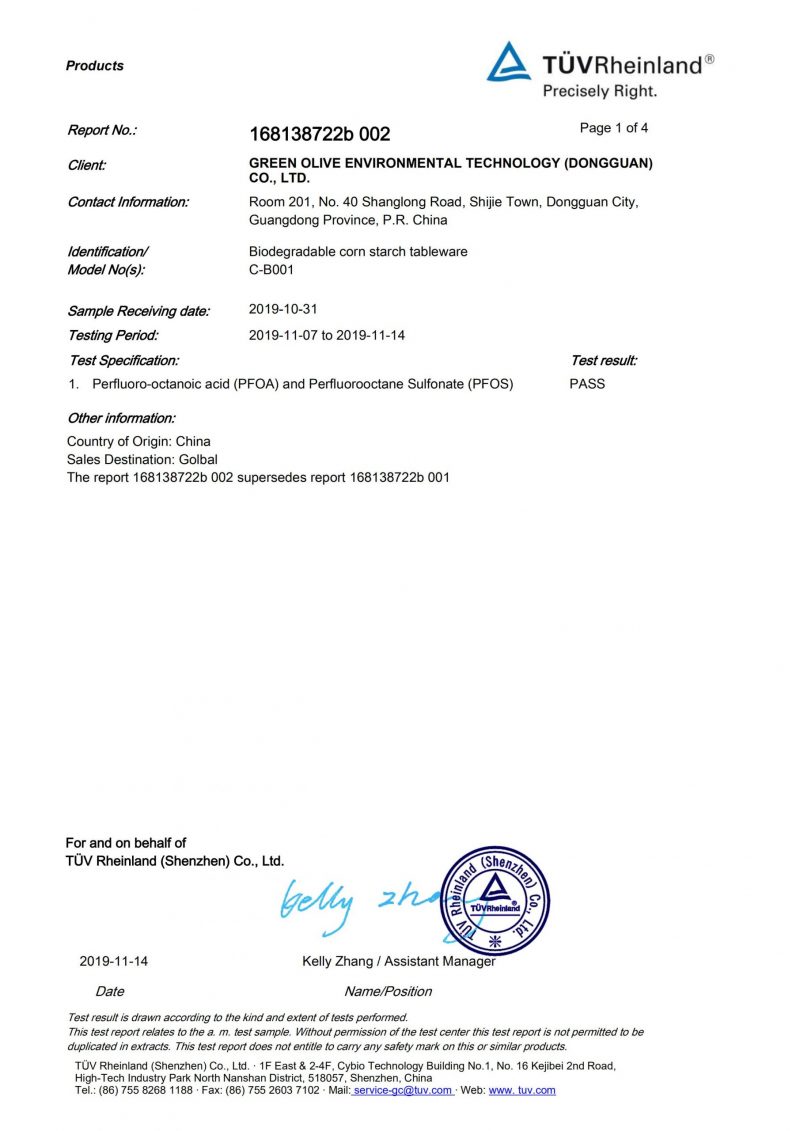

Your material is amazingly significant.
Appreciate it for sharing this well put together web page.
Maintain the amazing work !! Lovin’ it!